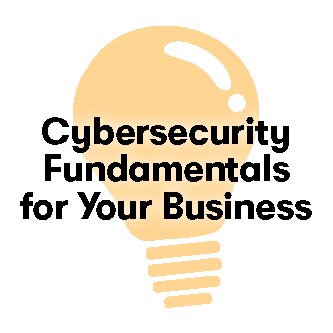Security in the digital world is crucial for your business. Over 70 percent of hackers target small to medium businesses, warned Monica Moore and Dave Curley of All Covered in their webinar presentation, Cybersecurity Fundamentals for Your Business. The pair addressed email security, including anti-spam systems, attachments and phishing protection; password policies; mobile device management and PCI compliance for credit card use. Following are key takeaways:
1. While corporate financial and customer information are important assets to protect, Moore noted the most important of all is brand reputation because small to medium size brands often shutdown six months after alerting customers of a breach.
2. Moore’s breakdown of cybersecurity attacks include: 25 percent email attachments, 24 percent social media, and 51 percent smishing, exploit kits, and brute force attacks.
3. Be extremely wary of unexpected emails, attachments, and unknown links. Instead, you can go to the company’s website to verify or call the sender directly if you know them.
4. Keep an eye out for fake domains, account verification, spelling and grammatical errors, and unauthorized email addresses (hover mouse over email address to see the domain) to protect yourself against email phishing, said Moore.
5. According to Curley, the best way to protect yourself and your business against attack is multi-factor authentication, a security mechanism that requires an individual to prove two or more credentials to authenticate their identity.
6. Keep operating systems and applications updated (patching) to reinforce computer security, enhance compatibility with apps, and receive new features, advised Moore.
7. Remove unnecessary and/or unapproved software, Moore recommended.
8. Ensure you have a good password by paying attention to length, complexity, uniqueness, variation in letters (upper and lower case), numbers, symbols, and sentences. Moore provided the website, https://howsecureismypassword.net, to test your password’s safety.
9. Using public or open Wi-Fi always carries some risk, but if you need to, be sure to use a Wi-Fi hotspot that requires a password (public), said Moore.
10. Train yourself and your users the way you’d want to learn. For example, interactive modules, videos, gamification, posters, and newsletters are among the easiest and least costly methods of security to start with, Moore and Curley said.
To learn more about this important and complex topic, view the full webinar recording and downloading the slide deck by registering here.
Related: Pandemic Consumers Adjust to 'Next Normal'; ASPCA Debuts Animal Welfare Grocery List Tool.

